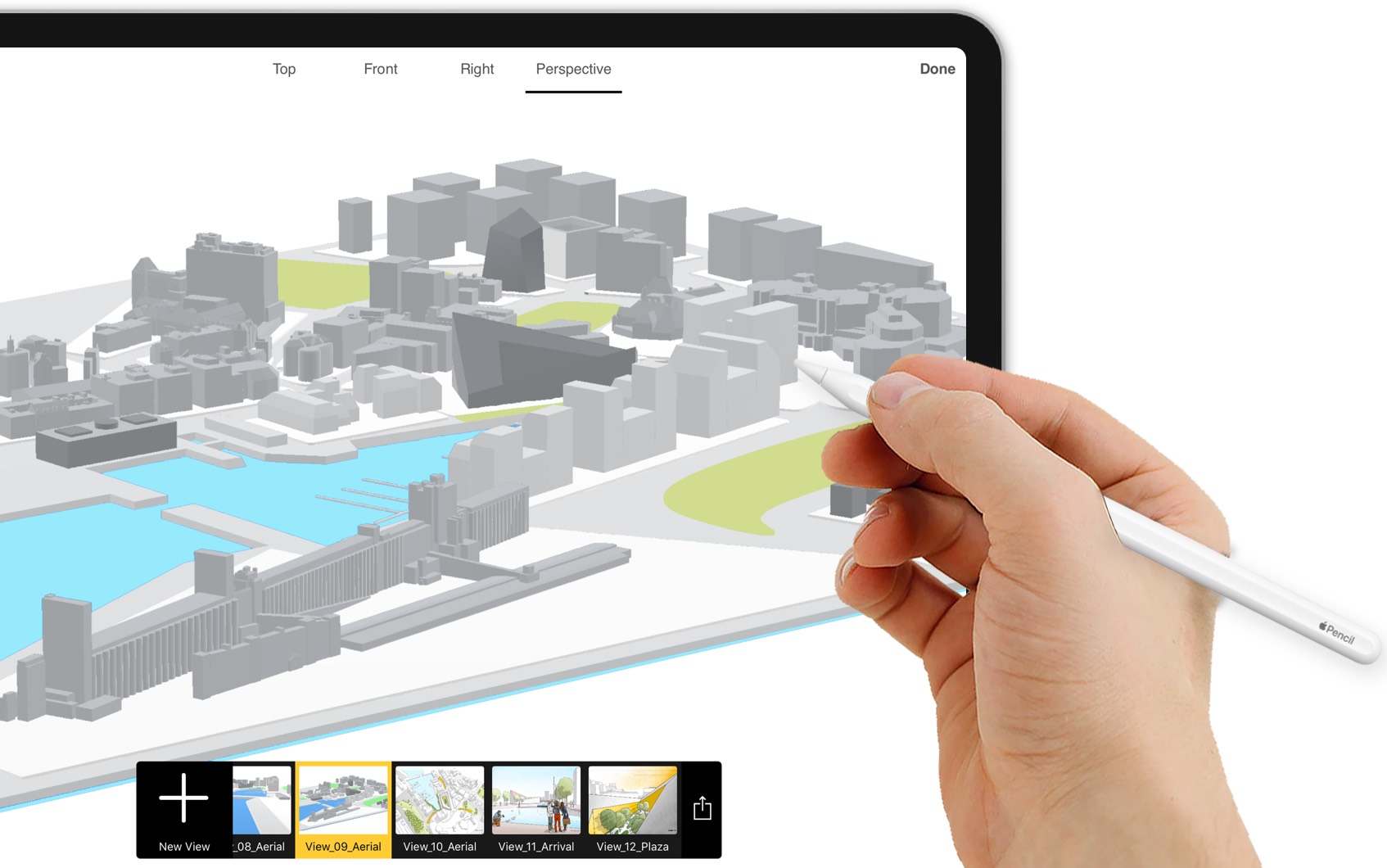- Home
- Articles
- Architectural Portfolio
- Architectral Presentation
- Inspirational Stories
- Architecture News
- Visualization
- BIM Industry
- Facade Design
- Parametric Design
- Career
- Landscape Architecture
- Construction
- Artificial Intelligence
- Sketching
- Design Softwares
- Diagrams
- Writing
- Architectural Tips
- Sustainability
- Courses
- Concept
- Technology
- History & Heritage
- Future of Architecture
- Guides & How-To
- Projects
- Interior Design
- Competitions
- Jobs
- Store
- Tools
- More
- Home
- Articles
- Architectural Portfolio
- Architectral Presentation
- Inspirational Stories
- Architecture News
- Visualization
- BIM Industry
- Facade Design
- Parametric Design
- Career
- Landscape Architecture
- Construction
- Artificial Intelligence
- Sketching
- Design Softwares
- Diagrams
- Writing
- Architectural Tips
- Sustainability
- Courses
- Concept
- Technology
- History & Heritage
- Future of Architecture
- Guides & How-To
- Projects
- Interior Design
- Competitions
- Jobs
- Store
- Tools
- More

Architectural Concept
Architectural concept is the fundamental idea or vision behind a building design that sets the tone for the design process and guides the design decisions. It is the basis for the creation of a building that not only meets functional and technical requirements, but also creates a unique aesthetic experience and communicates a specific message to the intended audience.
An architectural concept can be inspired by a variety of sources such as cultural, historical, environmental, or technological elements. It can also be driven by specific goals or objectives, such as creating a particular atmosphere, maximizing natural light, minimizing environmental impact, or showcasing advanced building systems.
What is for Architectural Concept?
The development of an architectural concept is a collaborative process that involves architects, clients, and other stakeholders who bring their own perspectives and expertise to the table. It requires careful analysis and consideration of the context, site, program, budget, and other constraints that may affect the design.
Once a concept has been established, it becomes the foundation for the design and guides the choices made in areas such as form, material, and technology. The concept should inform every aspect of the design, from the overall layout and organization of the building to the selection of furnishings and finishes.

One of the key benefits of having a clear and well-defined architectural concept is that it allows the design team to maintain a consistent vision and direction throughout the design process. This helps to ensure that the final design meets the goals and objectives set out in the concept, and that it is cohesive and integrated, rather than a collection of disparate elements.
As a result, we can say that an architectural concept is a critical component of the design process, providing the foundation and direction for the creation of buildings that are functional, aesthetically pleasing, and meaningful. It requires careful analysis, collaboration, and ongoing attention to ensure that the design stays true to the original vision and meets the goals and objectives set out in the concept.

Developing Architectural Concept
These are just a few examples of the many architectural concepts that can be developed for building designs. The concept selected will depend on a variety of factors, including the context, program, budget, and design goals, as well as the creativity and vision of the architect and other stakeholders involved in the design process.
- Conduct a thorough analysis of the site and context, including environmental, cultural, historical, and technological elements that may influence the design.
- Clearly define the program and requirements of the building, taking into account the needs and goals of the client and other stakeholders.
- Consider the use of sustainable design strategies, such as maximizing natural light, minimizing energy use, and preserving the environment.
- Think about the aesthetic goals and the desired atmosphere or experience that the building should provide. This could include elements such as color, texture, scale, and proportion.
- Explore a variety of design options and sketches, using tools such as 3D modeling and visualization to communicate the ideas and test different possibilities.
- Engage in a collaborative design process that involves architects, clients, and other stakeholders, who can bring their own perspectives and expertise to the table.
- Refine the concept through a series of iterations, testing and adjusting the ideas as needed to ensure that the design meets the goals and objectives set out in the concept.
- Be open to new ideas and inspiration, and be willing to explore unconventional solutions.
- Seek feedback from experts and stakeholders, and use this feedback to further refine and improve the concept.
- Communicate the architectural concept clearly and effectively, both within the design team and to the intended audience, to ensure that everyone understands the vision and direction of the design.

Architectural Concept Ideas
Minimalism: A concept that emphasizes simplicity, clean lines, and a focus on form and function, with a minimal use of materials and color.
Biophilic Design: A concept that incorporates natural elements and organic forms to create a connection between the building and its surrounding environment.
Contextualism: A concept that takes into account the historical, cultural, and environmental context of a building, and incorporates elements of the local architecture and culture into the design.

High-Tech Architecture: A concept that emphasizes advanced building systems and technology, and incorporates innovative materials and forms to create a futuristic and technologically advanced appearance.
Sustainable Design: A concept that incorporates environmentally friendly and sustainable practices, such as energy-efficient systems, water conservation, and waste reduction, into the building design.

Submit your architectural projects
Follow these steps for submission your project. Submission FormLatest Posts
Practical Solutions To Balance Staff Roles And Automated Assistance
Businesses today operate in environments where efficiency, responsiveness, and adaptability matter more...
How Designers Can Use Custom QR Codes to Enhance Branding and User Experience
Design has always been about meaning. A shape, a colour, a line...
Acoustic Panels: Where Aesthetics Meet Sound Design
Acoustic panels that elevate design and clarity: learn NRC, RT60 targets, absorbers...
Revolutionizing Electrical Estimating with Drawer AI
In the evolving world of electrical contracting, the demand for faster, more...












Leave a comment